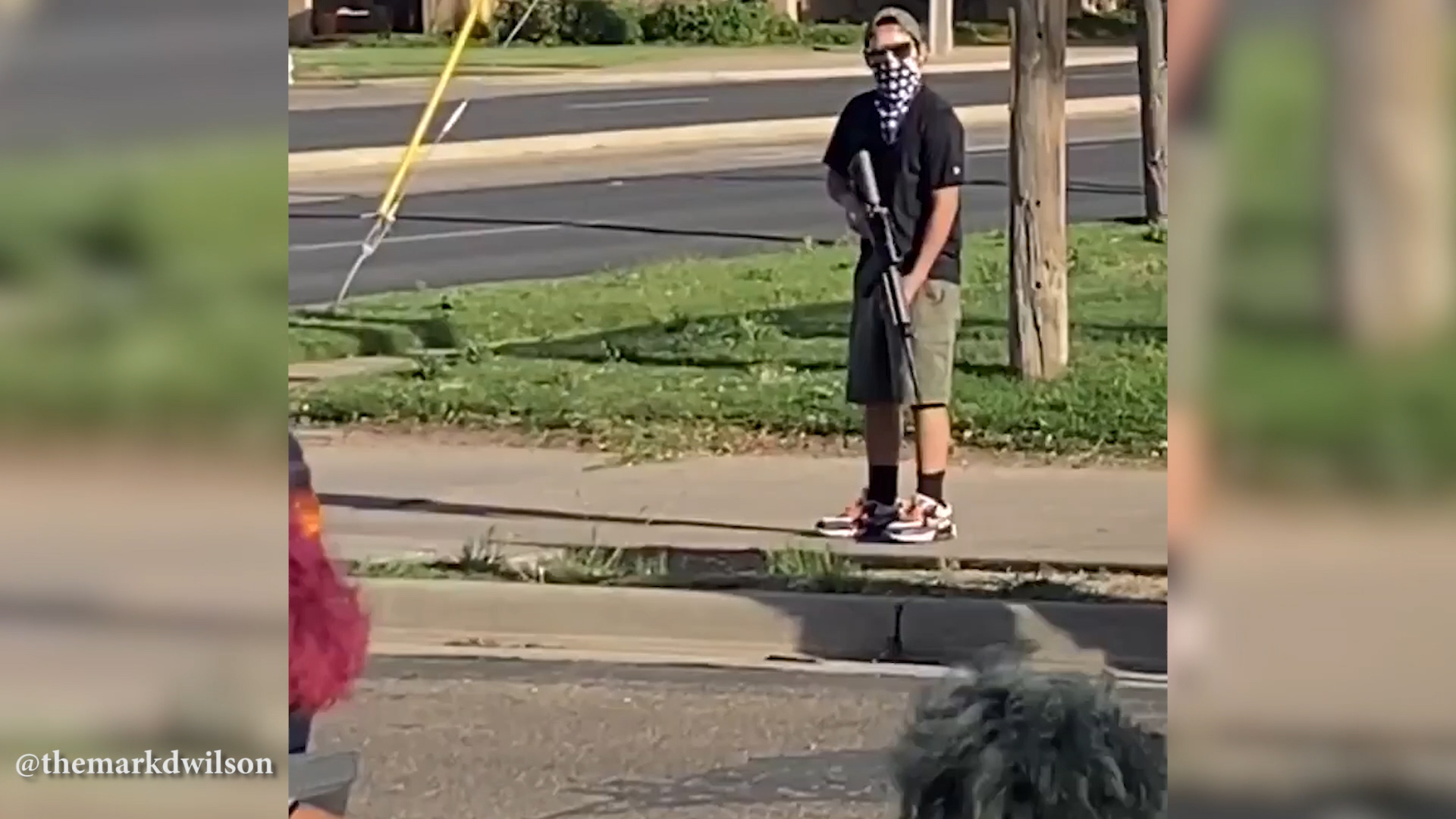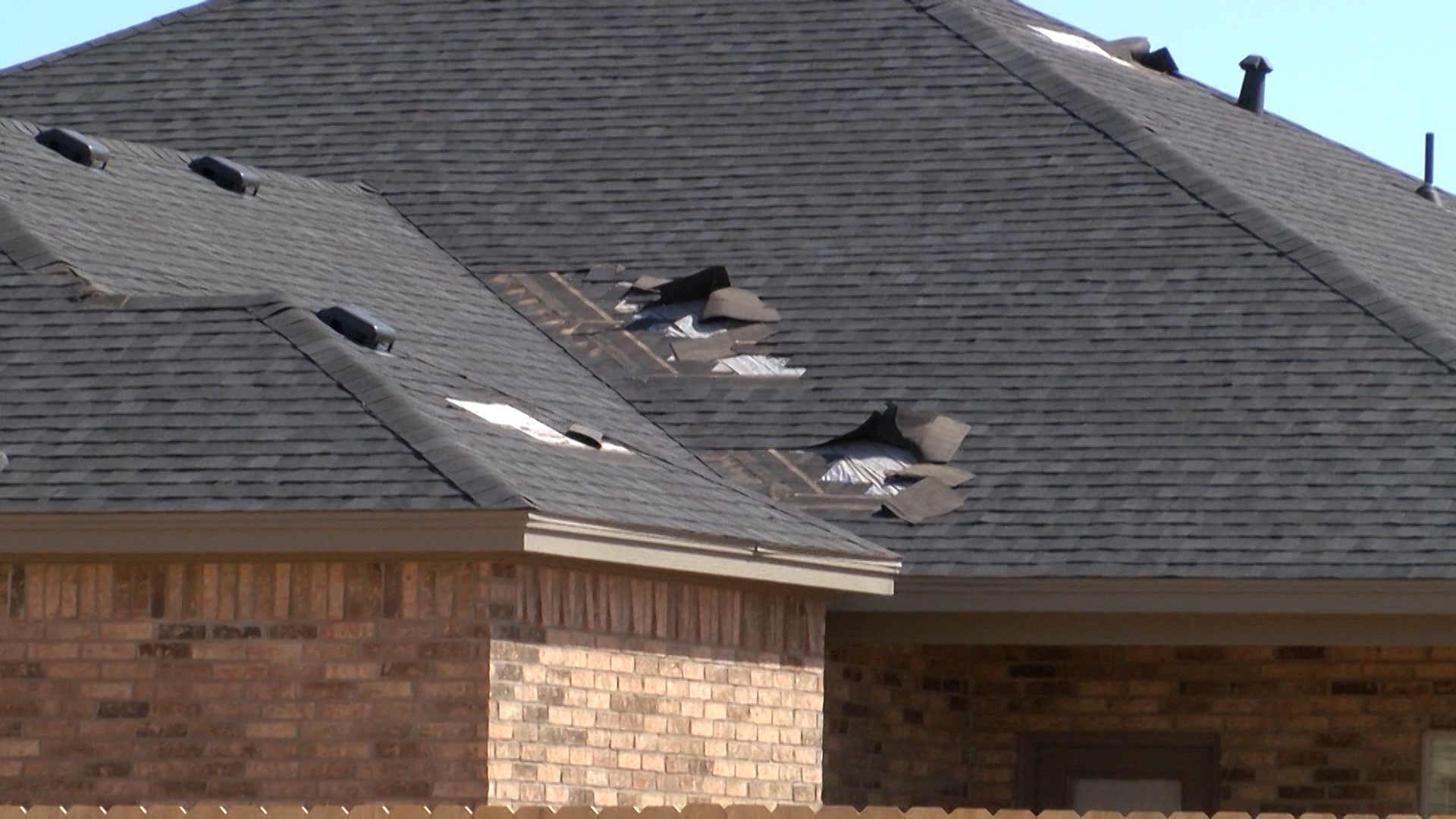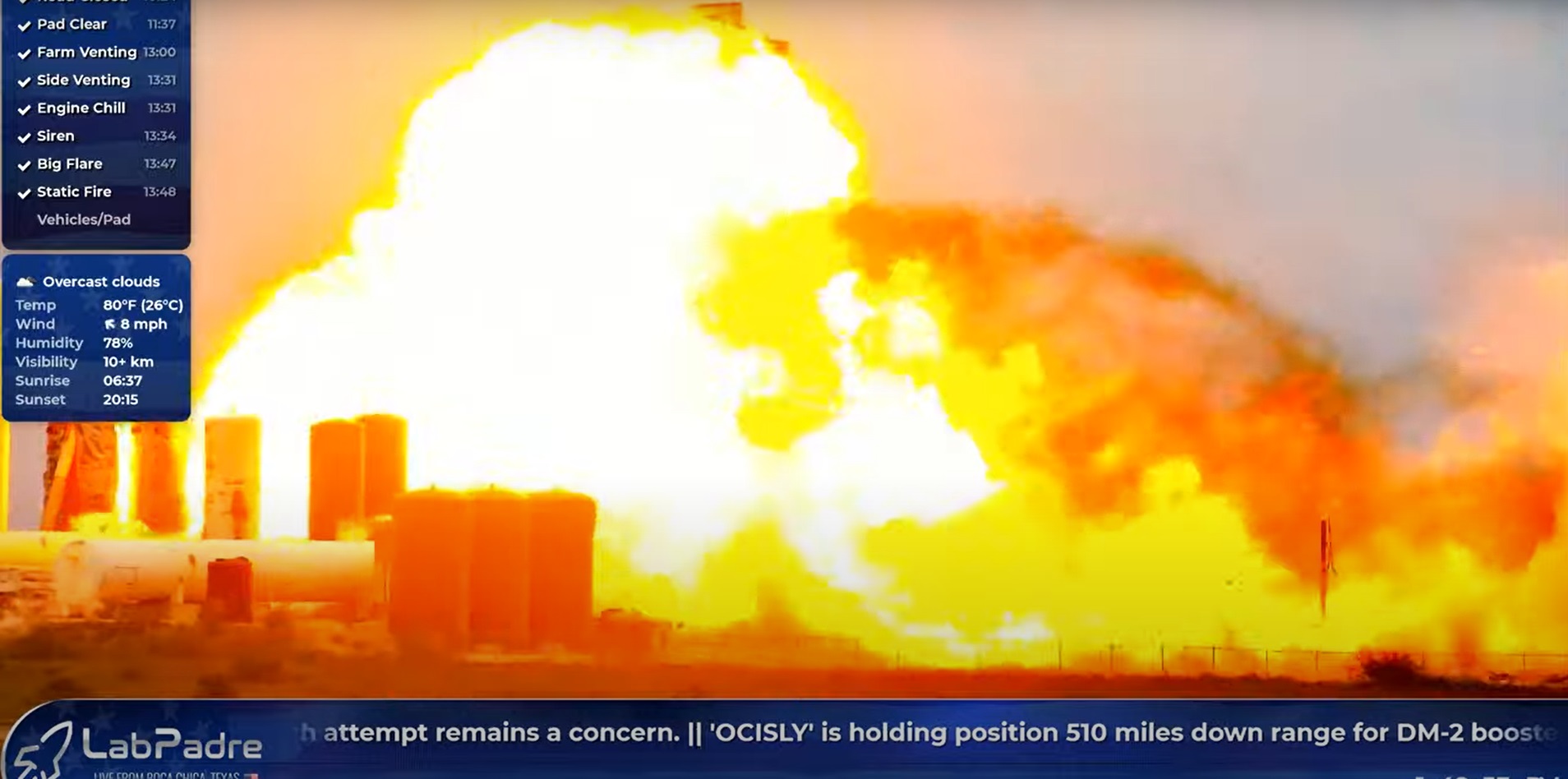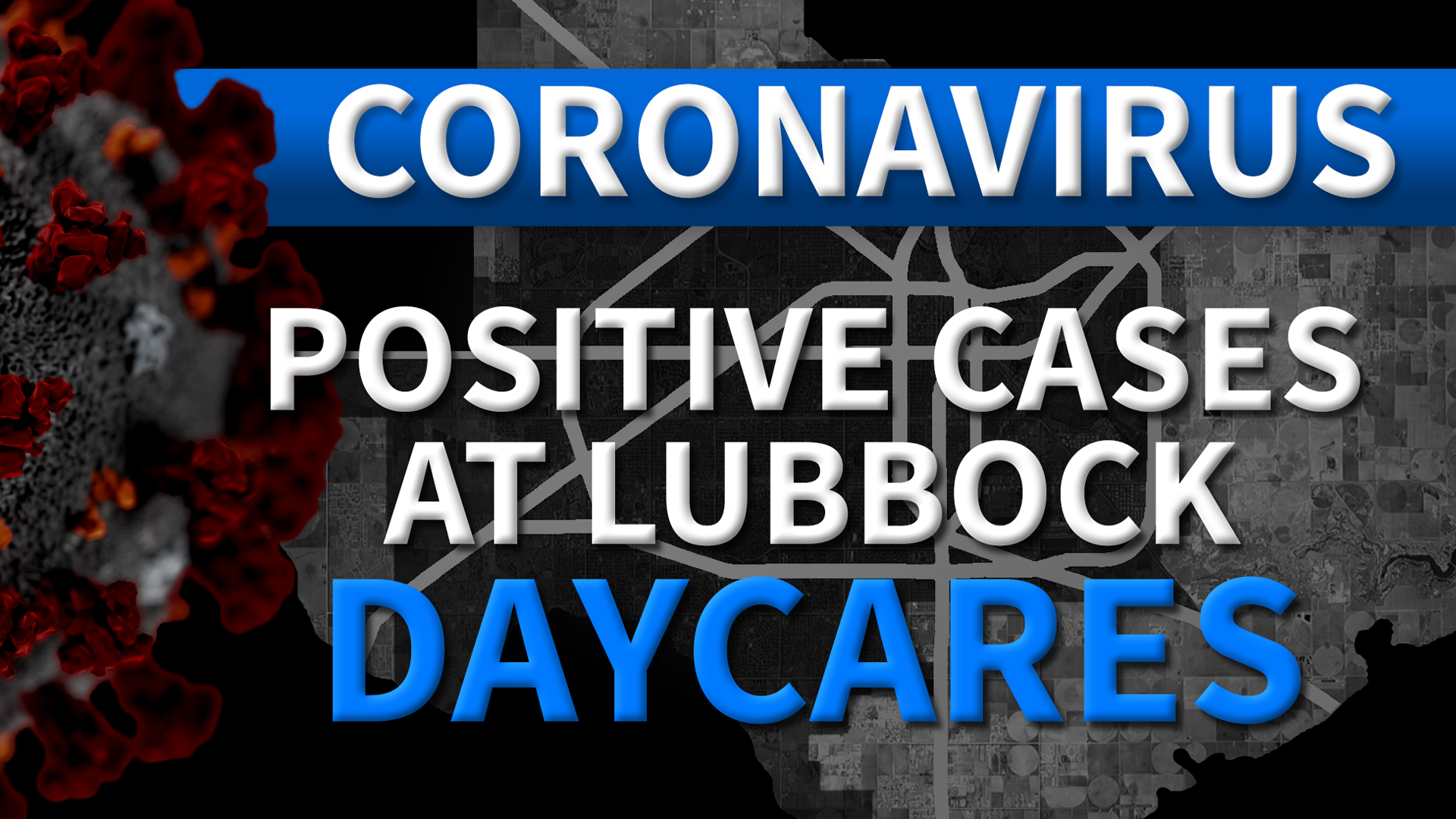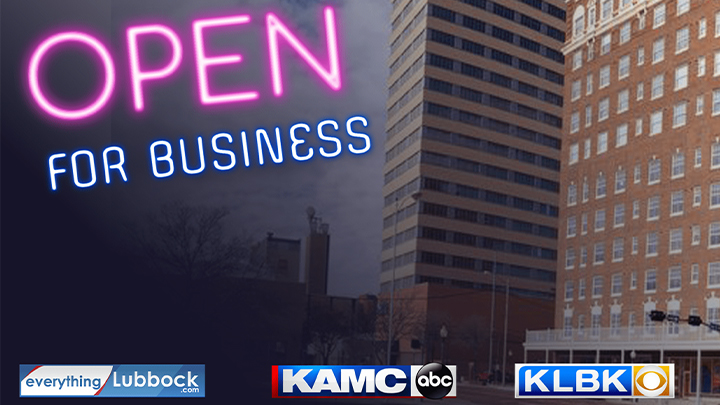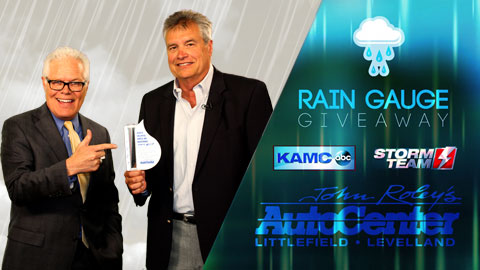LUBBOCK, Texas — Eight years ago, a monstrous haboob blew into Lubbock.
The wall of dust covered the entire city causing near zero visibility, wind damage, and it turned the sky completely dark.
The haboob on October 17, 2011 traveled several hundred miles before reaching the city.
“A haboob is a sudden dust storm with dramatic falling with very strong winds that drive that dust,” said Ron McQueen, Senior Meteorologist at the National Weather Service in Lubbock. “Haboobs are typically formed in this area out of thunderstorm outflows. Those outflow winds spread to the south and south east and cause the dust storm to develop.”
He said haboobs typically occur during droughts. With 2011 being Lubbock’s driest year on record with only 5.86 inches of rain, it is not a surprise that this event occurred.
Due to this region’s drought conditions over the last fifteen years, it is not uncommon to experience a haboob every year, he said.
The National Weather Service will issue a dust storm warning for a haboob if it is severe enough which would typically have wind speed conditions over 60 mph with sharply reduced visibility.
“I think it’s safe to say that nobody would want to breathe in this kind of dust for any period of time,” McQueen said. “Everybody should come in doors, this is something that everyone should take very seriously. Long exposure to breathing very concentrated dust is not good for your lungs.”
He said a major concern with a haboob would be the problems on the highways with sharply reduced visibility.
“Motorists are encouraged to immediately pull far off the road, turn off your lights and take your foot off the brake so you do not appear as though you were driving to the vehicle behind you,” McQueen cautioned. “When the visibility are low drivers will sometimes will automatically follow the car in front of them.”
Another impact of the haboob can be towards aviation interests, McQueen said.
Haboobs because they can extend for very long distances and can also raise the dust to high altitudes and have significant impacts on aviation traffic.
“We have seen instances of the haboobs with the dust over 5,000 feet in the air maybe even 8,000 feet high.” McQueen said “And we have also seen them extend for a hundred miles in east and west directions.”











